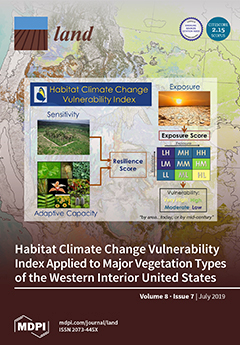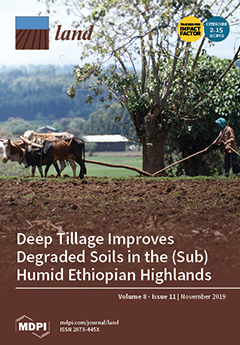GIS-based analysis of content of large-scale soil maps
The prospect of GIS technology to create and to use of soil maps is stated. Conducted a GIS analysis of soil cover the territory of Cherven District showed the predominance of retisols of large areas isomorphic and asymmetrical shapes, three times less than the average area for podzols with isomorphic form. The most complicated form of areas marked for alluvial soil types. Their coefficients of irregularity boundaries typically less than 0.2, and are fluvial forms of areas.








